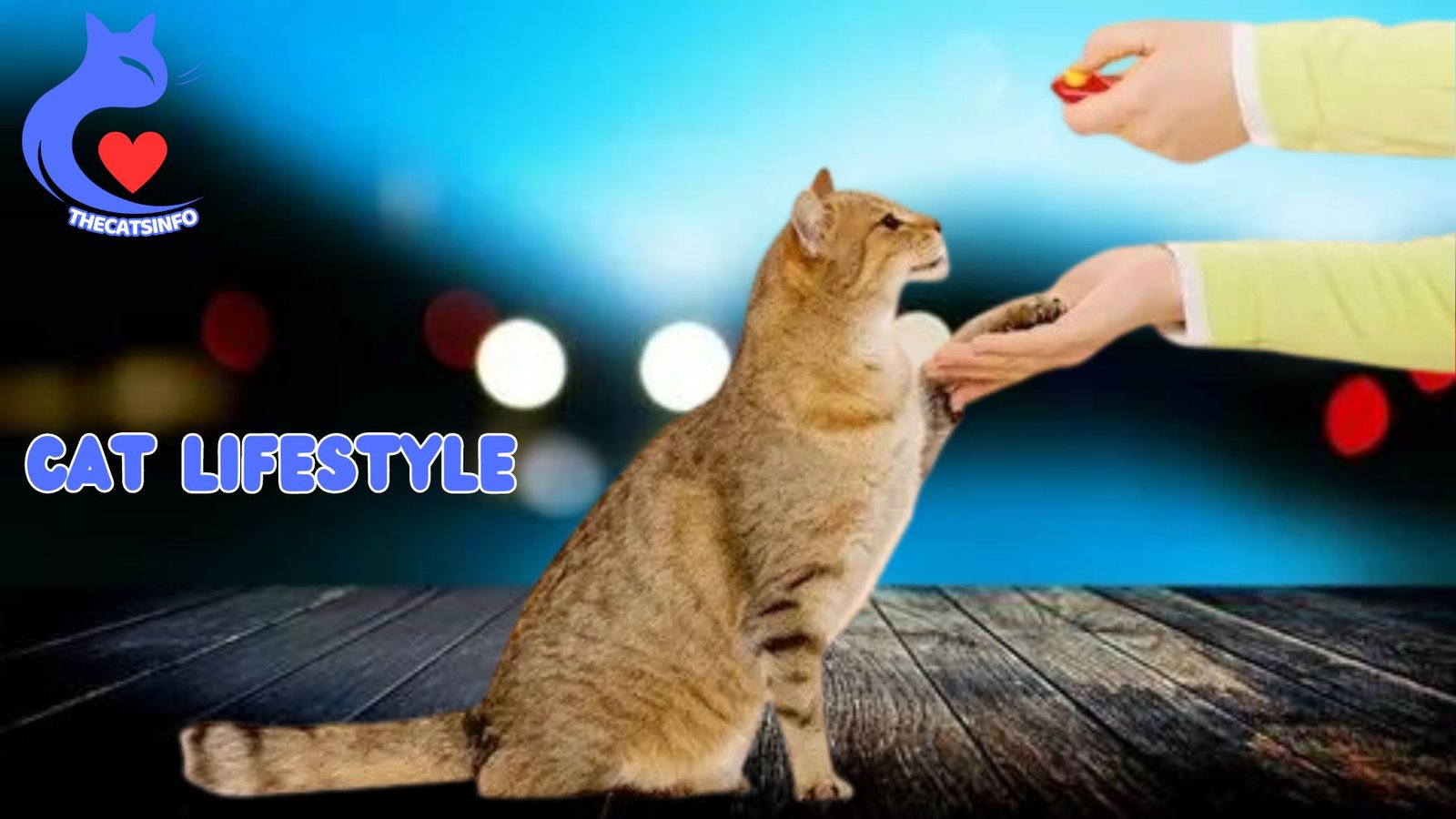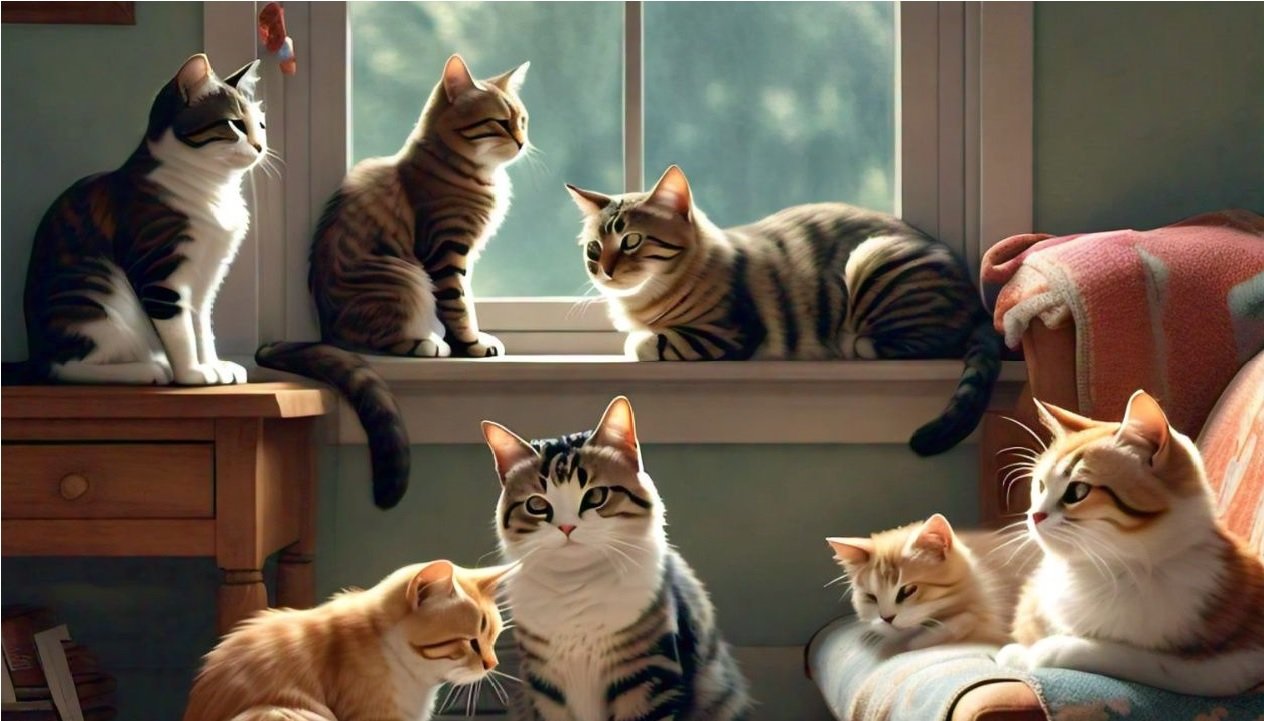Rusty Spotted Cats are one of the smallest wild cat species in the world, native to the Indian subcontinent. Despite its diminutive size, this elusive feline possesses a fascinating array of characteristics and behaviors that set it apart from its larger relatives. Rusty-spotted cats primarily inhabit dense forests, scrublands, and grasslands across India, Sri Lanka, and parts of Nepal and Bhutan. Their range also extends into some regions of Bangladesh and Myanmar.
Characteristics of Rusty Spotted Cats
Measure only 35 to 48 centimeters in length and weigh between 0.9 to 1.6 kilograms. the rusty-spotted cat is noticeably smaller than domestic rusty spotted cat. Its fur is predominantly grayish-brown, adorned with distinctive rusty-colored spots that give the species its name. These solitary creatures are mostly nocturnal, venturing out under the cover of darkness to hunt for small prey such as rodents, birds, and insects.
Despite their solitary nature, occasional sightings suggest that they may tolerate the presence of other Spotted cats within their territories.
Rusty-spotted cats are skill hunters, relying on their keen senses of sight and hear to locate prey in the dense undergrowth. Their diet primarily consists of small mammals, birds, reptiles, and insects, which they capture using stealth and agility. Breeding typically occurs during the early part of the year, with females giving birth to litters of one to three kittens after a gestation period of approximately two months.
Kittens are born blind and helpless and depend completely on their mother for warmth and nourishment during the first few weeks of life. Despite being relatively widespread, rusty-spotted cats face numerous threats to their survival, including habitat loss, poaching, and conflicts with humans.As a result, they are classified as Near Threatened by the International Union for Conservation of Nature (IUCN) cat insurance.
Comparisons with Other Cats
In some regions of their range, rusty-spotted cats hold cultural significance and are revered as symbols of luck or spirituality. However, they are also occasionally persecute by farmers and hunters who view them as pests or threats to livestock.
While the rusty-spotted cat shares some similarities with other small wild cat species, such as the black-footed cat and the kodkod, it possesses unique physical and behavioral traits that distinguish it from its counterparts. Despite their elusive nature, rusty-spotted long cat has successfull bred in captivity, contributing to conservation efforts aimed at preserving the species and raising awareness about the importance of protecting their natural habitats.
Hunting skills of rusty spotted cats
The rusty-spotted cat possesses remarkable hunting skills despite its small size. It relies on its agility, stealth, and sharp senses to catch prey effectively. With its keen eyesight and hearing, it can detect movement and locate potential prey in its habitat. Its flexible body allows it to maneuver through dense vegetation and narrow spaces, enabling it to stalk and ambush its targets with precision. Additionally, the rusty-spotted cat’s speed and quick reflexes make it a formidable hunter, enabling it to catch small rodents, birds, insects, and other prey items essential for its survival.
Social behavior with other animals
Scientists and conservationists are actively studying rusty-spotted cats to better understand their ecology, behavior, and habitat requirements. Efforts to conserve this species include the establishment of protected areas, community-based conservation initiatives, and public education campaigns. Despite ongoing conservation efforts, Spotted cats continue to face significant challenges, including habitat fragmentation, human-wildlife conflict, and the illegal wildlife trade.
Addressing these threats will require coordinated action from governments, conservation organizations, and local communities. Like many wild cat species, the rusty-spotted cat is often surround by myths and misconceptions. Common misconceptions include beliefs that they are aggressive towards humans or that they possess supernatural powers.
Food of rusty spotted cat
The rusty-spotted cat food, native to India and Sri Lanka, typically feeds on small prey such as rodents, birds, insects, and lizards. Its diet primarily consists of animals it can catch easily, given its small size. This feline’s hunting prowess enables it to tackle prey even smaller than itself, making it adept at capturing swift and agile creatures. Its diet reflects its need for frequent meals to sustain its energy levels
FAQs
Are Spotted cats dangerous to humans?
Spotted cats are typically shy and elusive, posing little to no threat to humans.
Can Spotted cats be kept as pets?
Due to their wild nature and specialized care requirements, Cats are not suitable pets.
How many rusty-spotted cats are left in the wild?
Exact population numbers are difficult to determine. But they are believe to be decline due to habitat loss and other threats.
What is being done to protect spotted cats?
Conservation efforts include habitat preservation, anti-poaching measures, and community education programs.
Where can I learn more about rusty-spotted cats?
Organizations such as the IUCN and local wildlife conservation groups provide valuable resources. And information about Spotted cats and their conservation
Conclusion
The rusty-spotted cat is a remarkable species that exemplifies the beauty and diversity of the natural world. By learning more about these elusive felines and taking action to protect their habitats. We can ensure that future generations have the opportunity to marvel at their unique presence in the wild.




